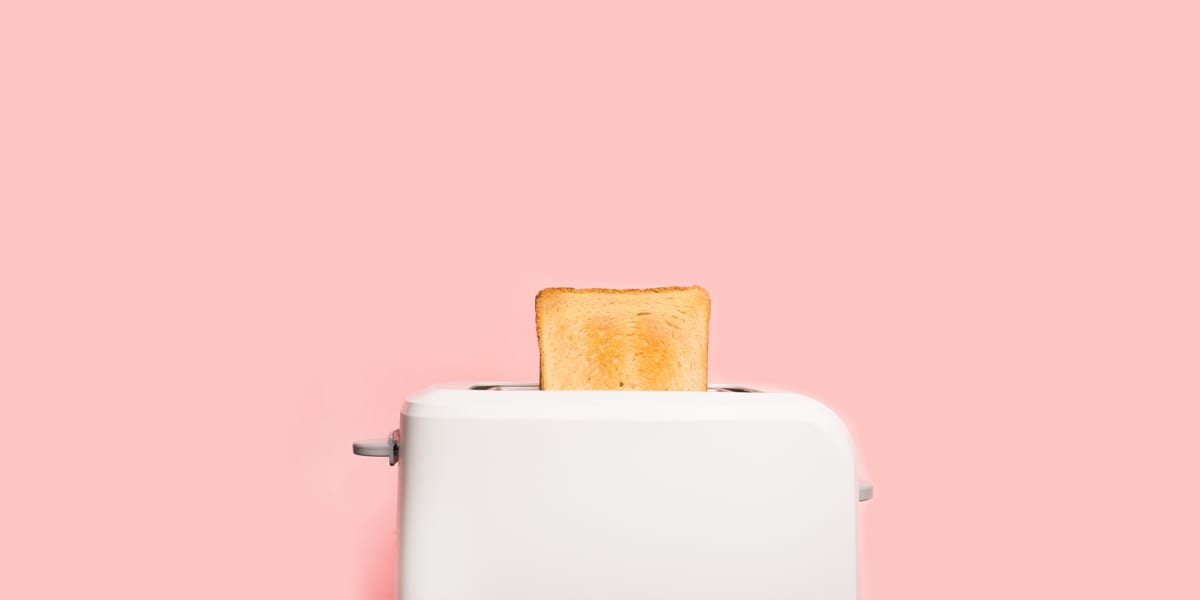Yeast Infections 101: a guide to yeast infection symptoms, causes, and treatments

Three out of four women will experience a yeast infection in their life, and nearly half of them will have recurring cases. Like we didn’t have enough to deal with, am I right?
If you’ve never had one, I applaud you and your hearty vaginal flora. What’s most shocking, though, is that even though yeast infections are extremely common (epidemic, more like it), they’re not very well-understood. They are both scarily underdiagnosed and over-treated.
Personally, I blame gender gaps in medical research (aka “the patriarchy”). Since I have personally always been susceptible to vaginal infections of various kinds and since I know just how devastating it is to be chronically afflicted with a condition that gets in the way of your sex life (something doctors don’t tend to take seriously since yeast infections are not considered “serious,” or “harmful,”) I’m here to break it down for you, so you can avoid them at all costs.

What causes yeast infections anyway?
First of all, yeast is a fungus that is naturally present in your lovely vagina, and it's not inherently harmful. A yeast infection occurs when the ratio of bacteria and yeast in the vagina is off balance. Once the yeast (aka candida albicans) starts multiplying, you may experience uncomfortable itching, burning, soreness and irritation on the vulva, and thick white or transparent discharge which may or may not resemble cottage cheese.
Yum, right? So, what, pray tell, causes this imbalance?
Well, they're not entirely sure, but it could be anything from high estrogen levels, to the use of antibiotics, to pregnancy. Of course, if you’ve never had a yeast infection before, see a doc just to be sure, as these symptoms can also be signs of some STIs.
Now, while yeast infections usually respond to over-the-counter meds within 3-7 days, sometimes they recur again within weeks or months, and sometimes they don’t respond to the pharmacy meds at all. And that, my friends, is where meaningful DIY prevention can be really integral.

Here are 6 ways to prevent yeast infections from happening in the first place:
1. Take probiotics
Probiotics boast no shortage of superpowers, and they can also a great way to ward off yeast infections. Yogurt, for example, contains lactobacillus acidophilus, a type of good-for-you bacteria that promotes happy vaginas by helping to maintain a healthy pH balance and the growth of other healthy bacteria. Fermented foods like sauerkraut, kimchi, kombucha and miso are also known for their probiotic prowess and are great if you’re dairy free. Of course, you can also get probiotics in supplement form at most pharmacies or health food stores—be sure to shop around for a good one. Some pharmacies also sell probiotic tablets that can be inserted into the vagina (usually in the yeast infection med section). A 2016 Italian study showed that women who placed probiotic tablets in their vagina consistently for five weeks saw their yeast infections drop by 87%!
2. Change your birth control
Extra estrogen in the body can lead to the production of excess yeast, causing infections. If you have too much estrogen in your system for any reason, the hormonal imbalance can increase those yeasties. If you’re on hormonal birth control and are prone to yeast infections, you might want to consider birth control options that don't contain estrogen, like an IUD, barrier methods, or even progesterone-only pills. This can significantly reduce the risk of yeast growing rapidly into an infection. Of course, do speak to your gynecologist before transitioning off the pill.

3. Practice natural hygiene
Clean yourself often and well, but for the love of goddess, don’t douche or use scented products, because they can cause irritation and/or disrupt the normal balance in your vagina. Also, don't be afraid to get up close and personal: pay attention to the inside folds, nooks and crannies when washing, ‘cause that’s where the yeast loves to proliferate. If you’re a swimmer, change out of your swimsuit immediately after you're done to avoid excess moisture, and if it’s an option, opt for saltwater pools over chlorine ones, as they’re less harsh on your delicate bits. On the toilet, do wipe front to back to keep bad butt bacteria out of your beautiful vagina. Just saying.
4. Try natural remedies
Mother nature rarely fails us, if we can muster up the faith to test her. There are truly all kinds of at-home remedies you can experiment with to prevent or even treat yeast infections. Disclaimer: pharmaceuticals, although very helpful in many cases, are a cash grab, so DIY methods are often dismissed by medical authorities. When in doubt, of course, do consult your health practitioner, and do listen to your body. If you’re having a bad reaction to something, do stop. Personally, I can vouch for the incredible results I’ve had with the following:
- Coconut oil. Go organic, and cold-pressed. A 2007 study found that coconut oil helps kill yeast. You can apply it externally a few times a day to your vulva, and freeze some of it in an ice cube tray and pop one in your vag. Or—this combo of coconut, lavender, and tea tree oils is in truth one of the most effective protocols I have ever used to successfully treat yeast infections.
- Garlic. The only thing more effective than coconut oil, in my experience, is organic garlic. I don’t know of a more powerful natural antibiotic. It's also anti-fungal and antibacterial, and will very effectively stop yeast from multiplying. I like to cut up a clove into several “pill-sized” pieces and swallow them, but have cured infections more quickly by inserting a clove vaginally. Here’s a helpful set of instructions for the brave among you.

5. Sleep more, and don’t stress
A strong immune system is vital to keeping yeast infections at bay, and if you’re the type that likes to crack jokes about how you’ll sleep when you’re dead, chances are your body isn’t functioning optimally, and so may not be properly keeping acidity levels in the vagina stable, or keeping your yeast growth rate low—both of which are key to preventing infections. So don’t deny dreamland, and also do what you can to keep your stress levels down, since stress is always bad, and, well, it compromises your immune system too.
6. Eat clean
Yeast thrives on sugar, grains, and other glutinous food. There have been so many connections made between food and the growth of candida albicans that a comprehensive program to inhibit yeast growth has been developed: the Candida Diet. Many women who struggle with chronic yeast infections have had success with it. If your case is really severe, consider staying away from excessive amounts of alcohol, starchy vegetables (ie. potatoes, carrots, beets), and even meat and dairy (except for probiotic yogurt). Personally, however, I’ve always found restrictive diets to be stressful and isolating in ways that are unhelpful, so you might try simply staying away from dairy and wheat and limiting your refined sugar intake and see how that goes.
When your body is functioning optimally, infections are very unlikely. The best thing you can do if you suffer from yeast infections is get rid of potential triggers and start taking extra good care of yourself. May you and your vag live a long, happy, and balanced life!
